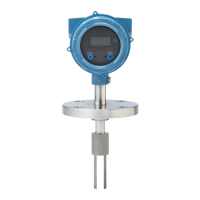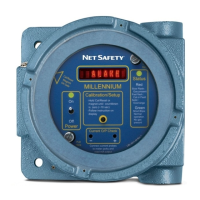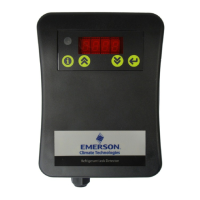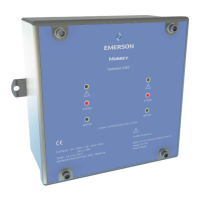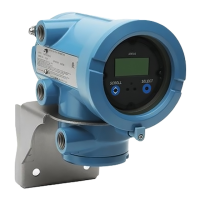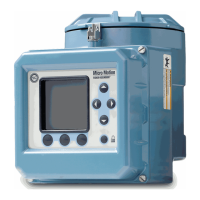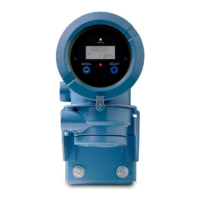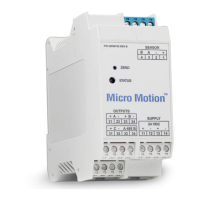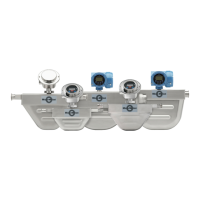6.3 Configure the discrete output
The discrete output is used to report specific meter or process conditions. The discrete
output parameters control which condition is reported and how it is reported.
Depending on your purchase option, your transmitter may have one discrete output or no
discrete outputs.
Important
Whenever you change a discrete output parameter, verify all other discrete output parameters
before returning the meter to service. In some situations, the transmitter automatically loads a set of
stored values, and these values may not be appropriate for your application.
• Configure Discrete Output Source (Section 6.3.1)
• Configure Discrete Output Polarity (Section 6.3.2)
• Configure Discrete Output Fault Action (Section 6.3.3)
6.3.1 Configure Discrete Output Source
Display OFF-LINE MAINT > OFF-LINE CONFG > IO > CH B > DO > CONFIG DO > DO SRC
ProLink III Device Tools > Configuration > I/O > Outputs > Discrete Output
Field Communicator Configure > Manual Setup > Inputs/Outputs > Discrete Output > DO Source
Overview
Discrete Output Source controls which device condition or process condition is reported via
the discrete output.
Procedure
Set Discrete Output Source to the desired option.
The default setting for Discrete Output Source is Fault.
Options for Discrete Output Source
Options for Discrete Output SourceTable 6-4:
Option
Label
State
Discrete output volt-
age
ProLink III Field Communicator
Enhanced Event 1–5 Enhanced Event 1
Enhanced Event 2
Enhanced Event 3
Enhanced Event 4
Enhanced Event 5
Enhanced Event 1
Enhanced Event 2
Enhanced Event 3
Enhanced Event 4
Enhanced Event 5
ON Site-specific
OFF 0 V
Calibration in Progress Calibration in Progress Calibration in Progress ON Site-specific
Integrate the meter with the control system
84 Micro Motion
®
Fork Density Meters (FDM)
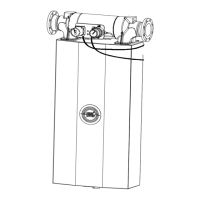
